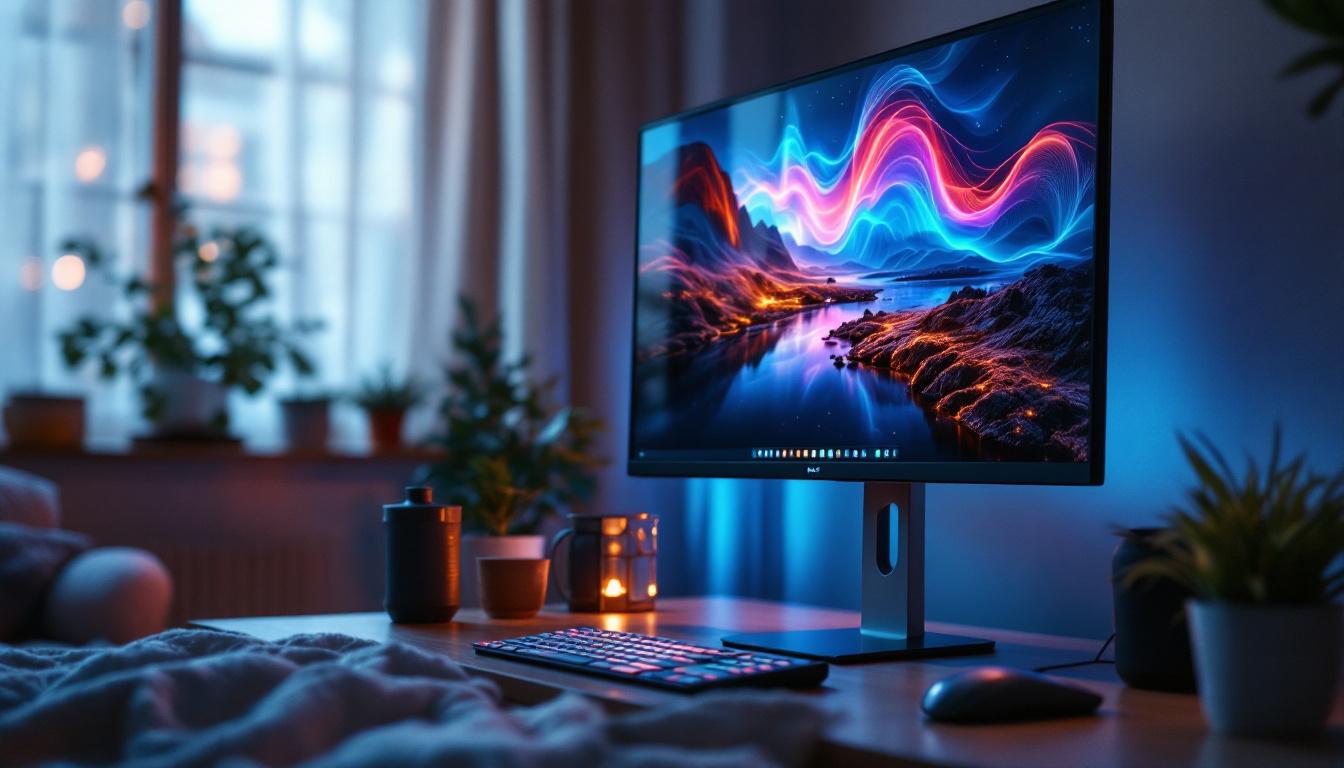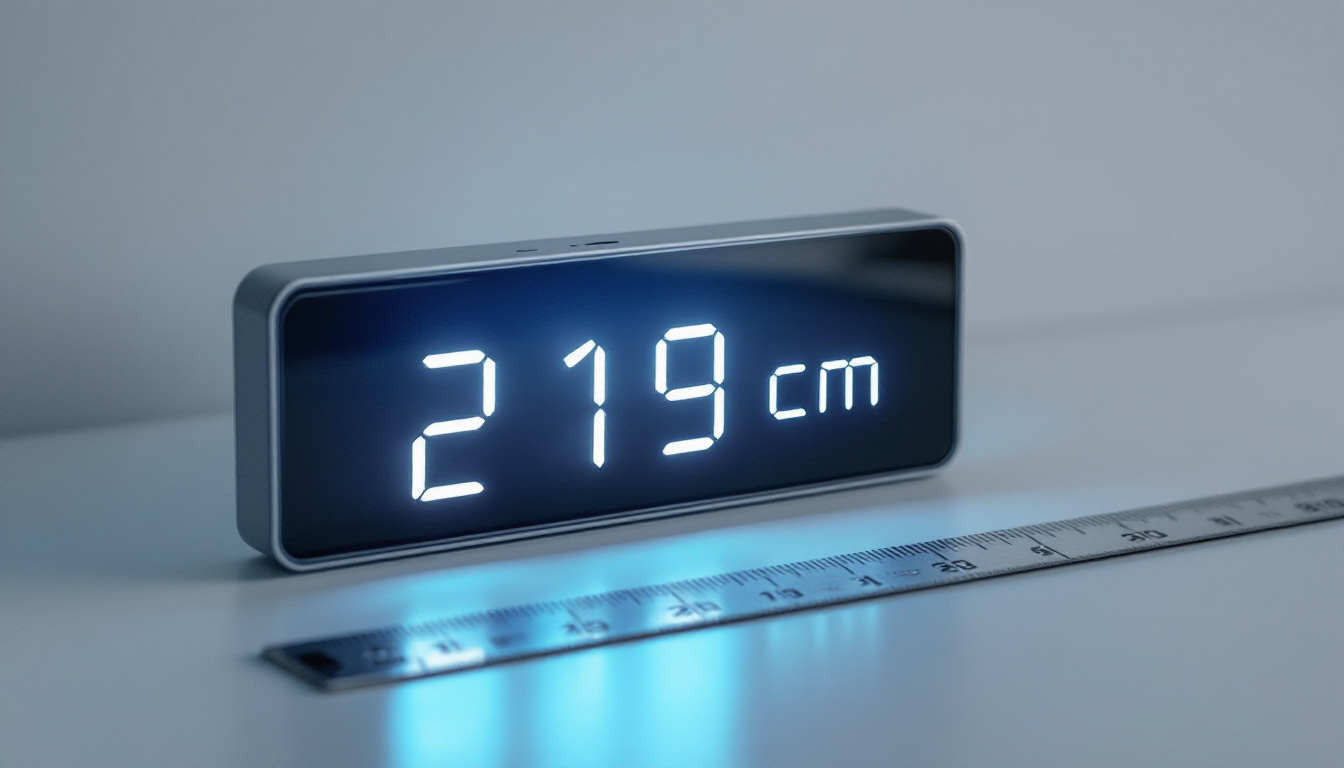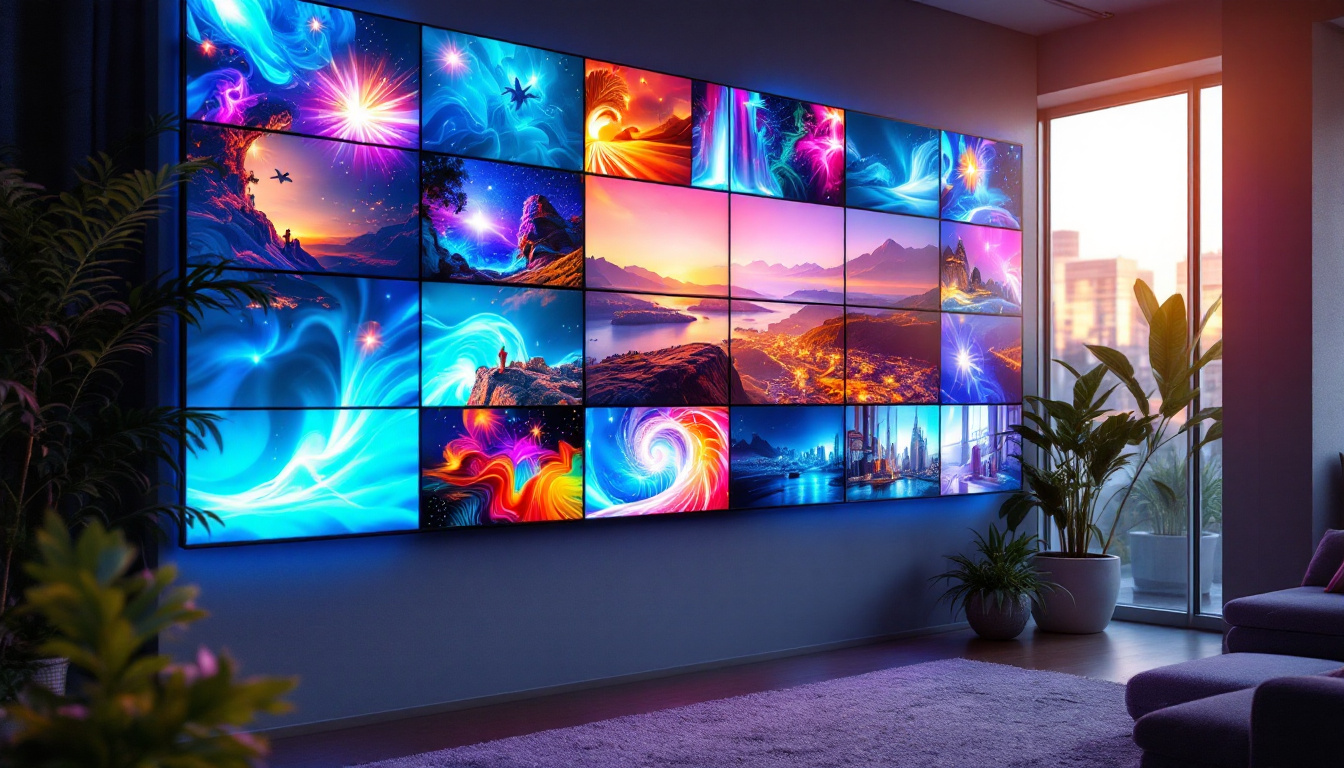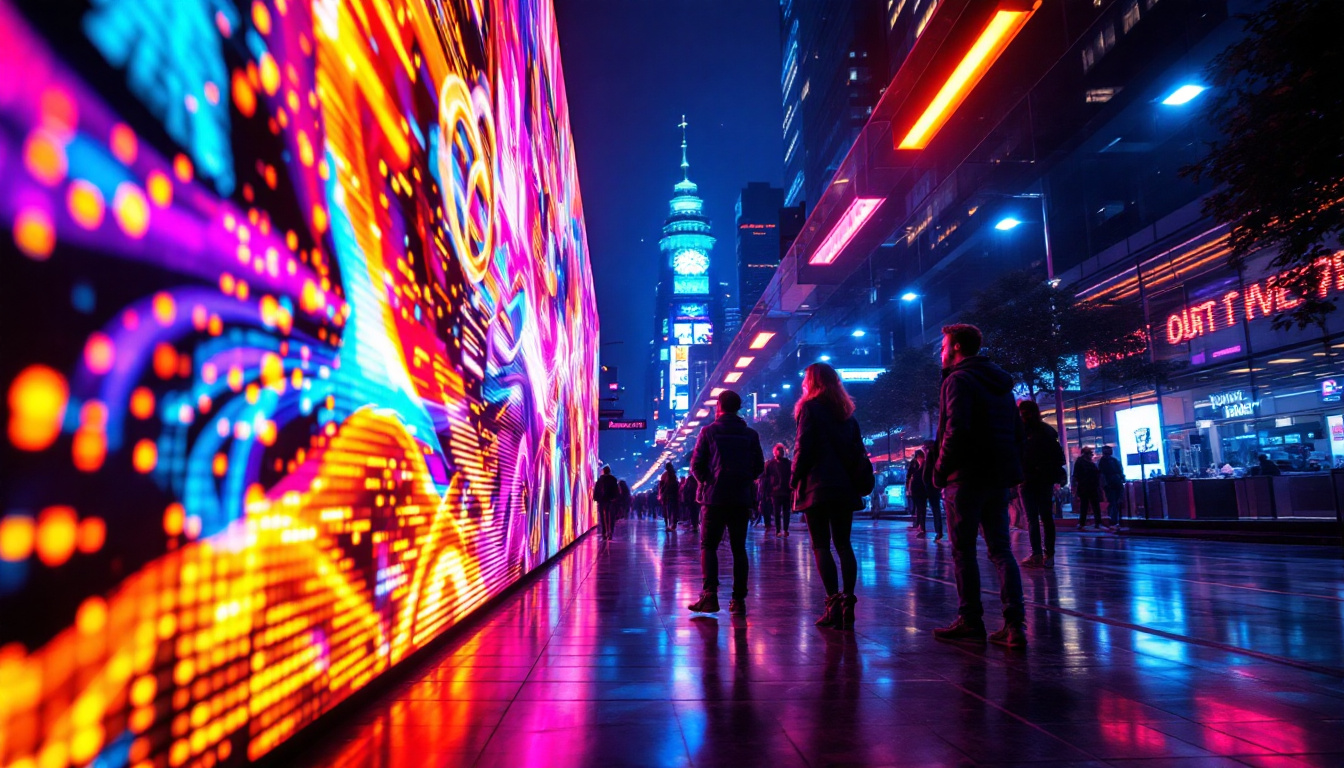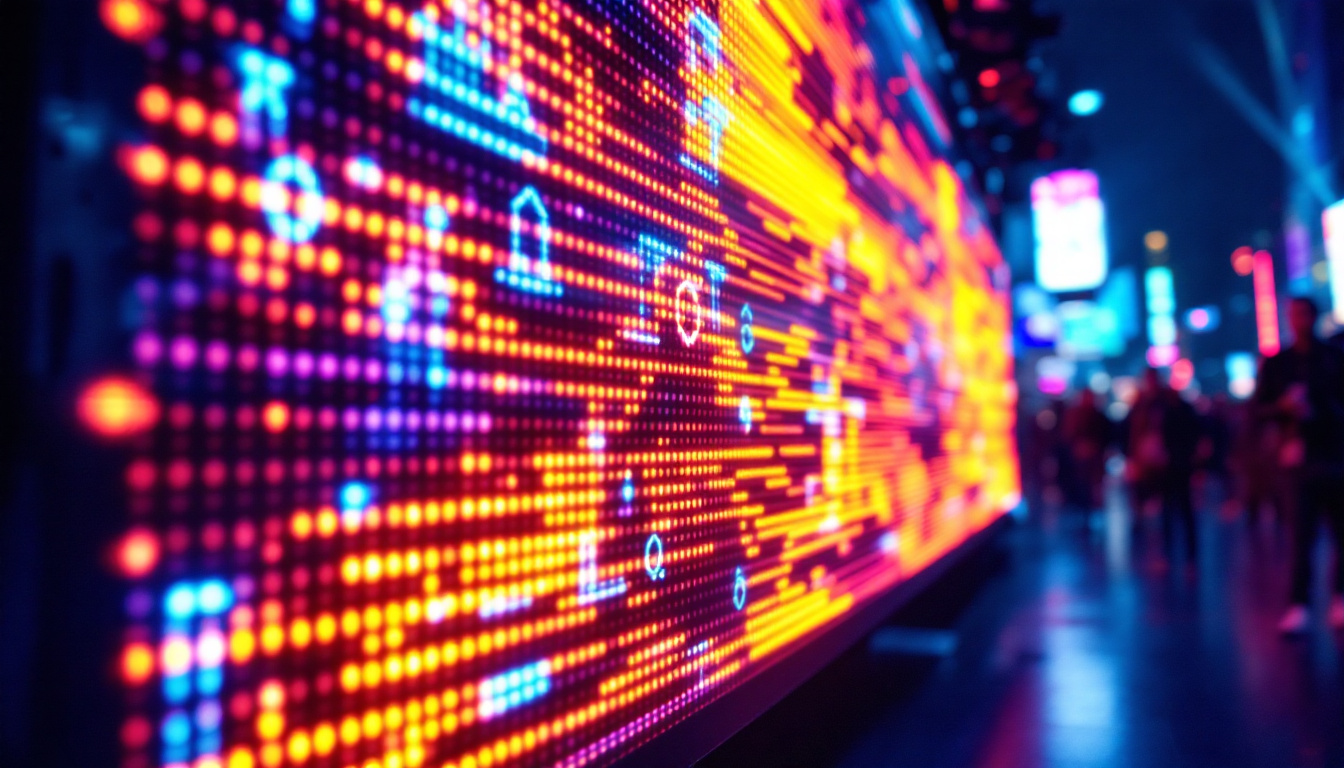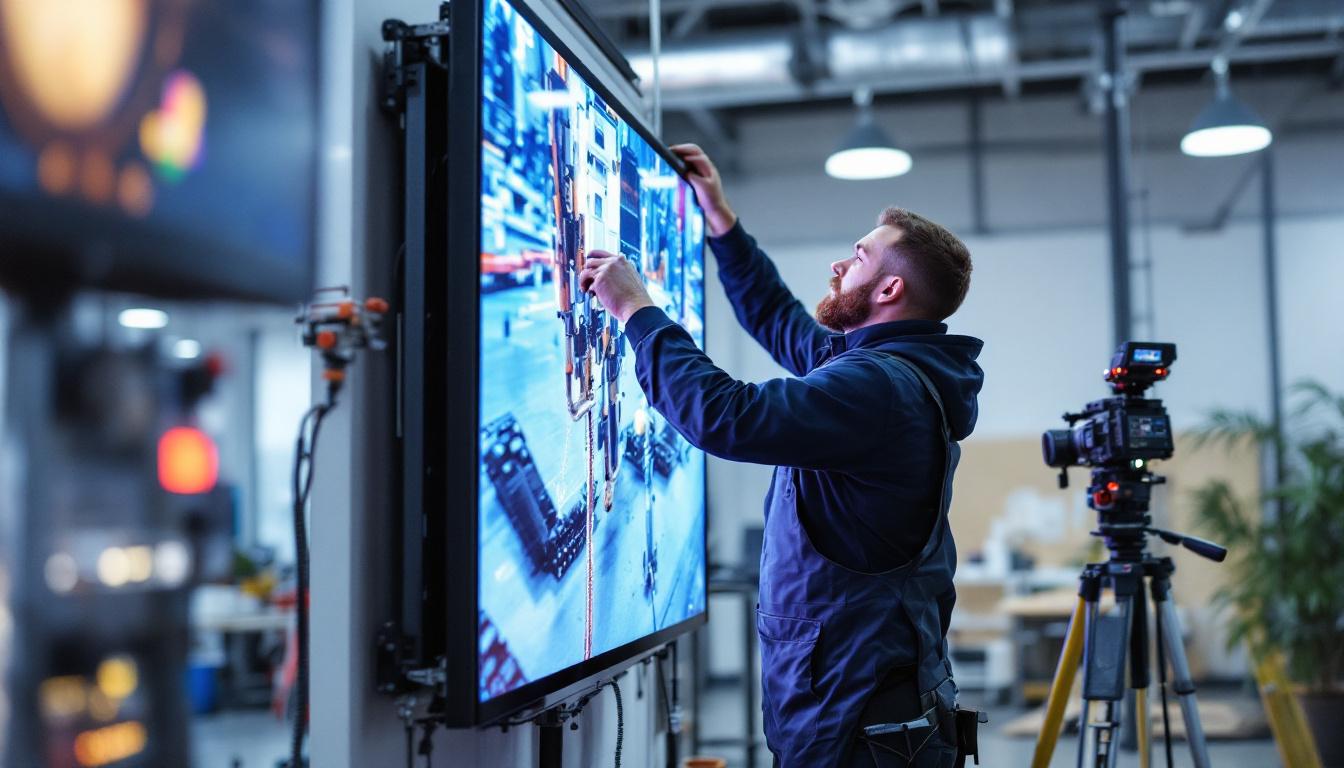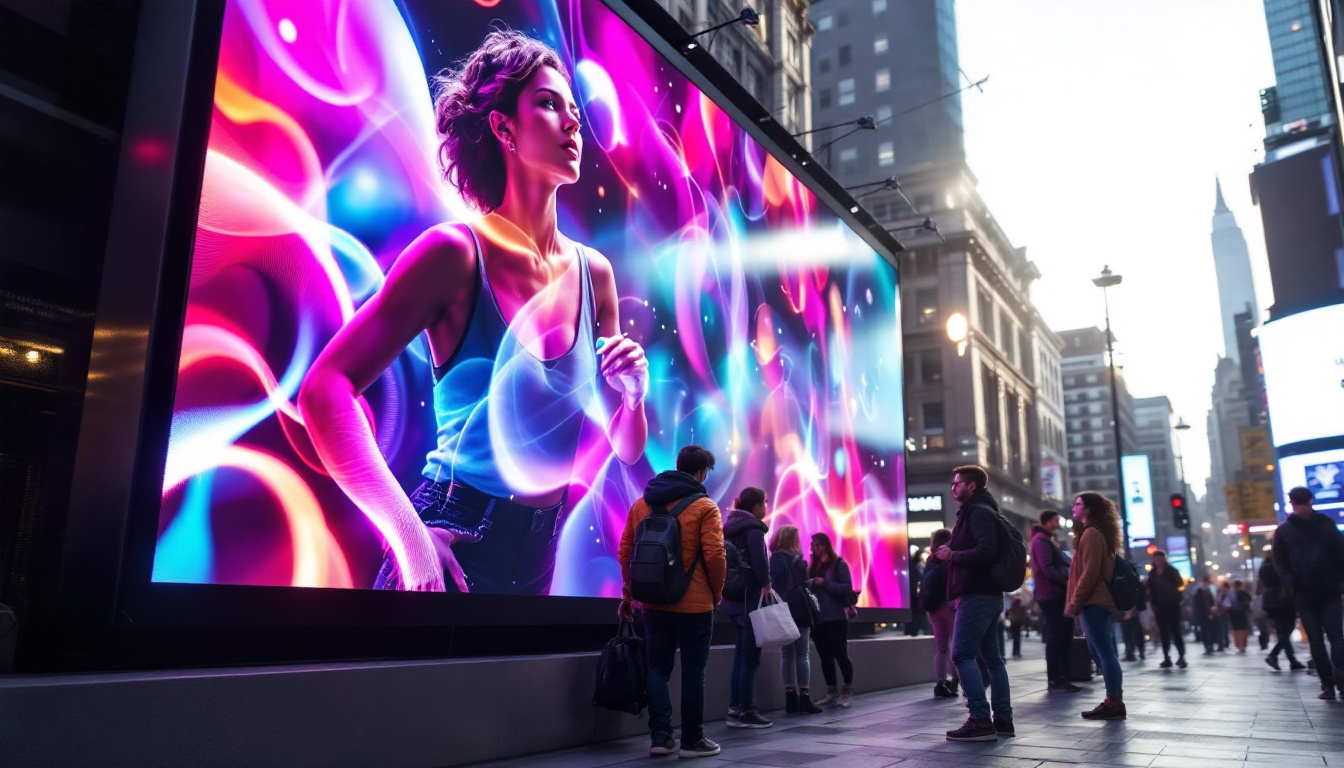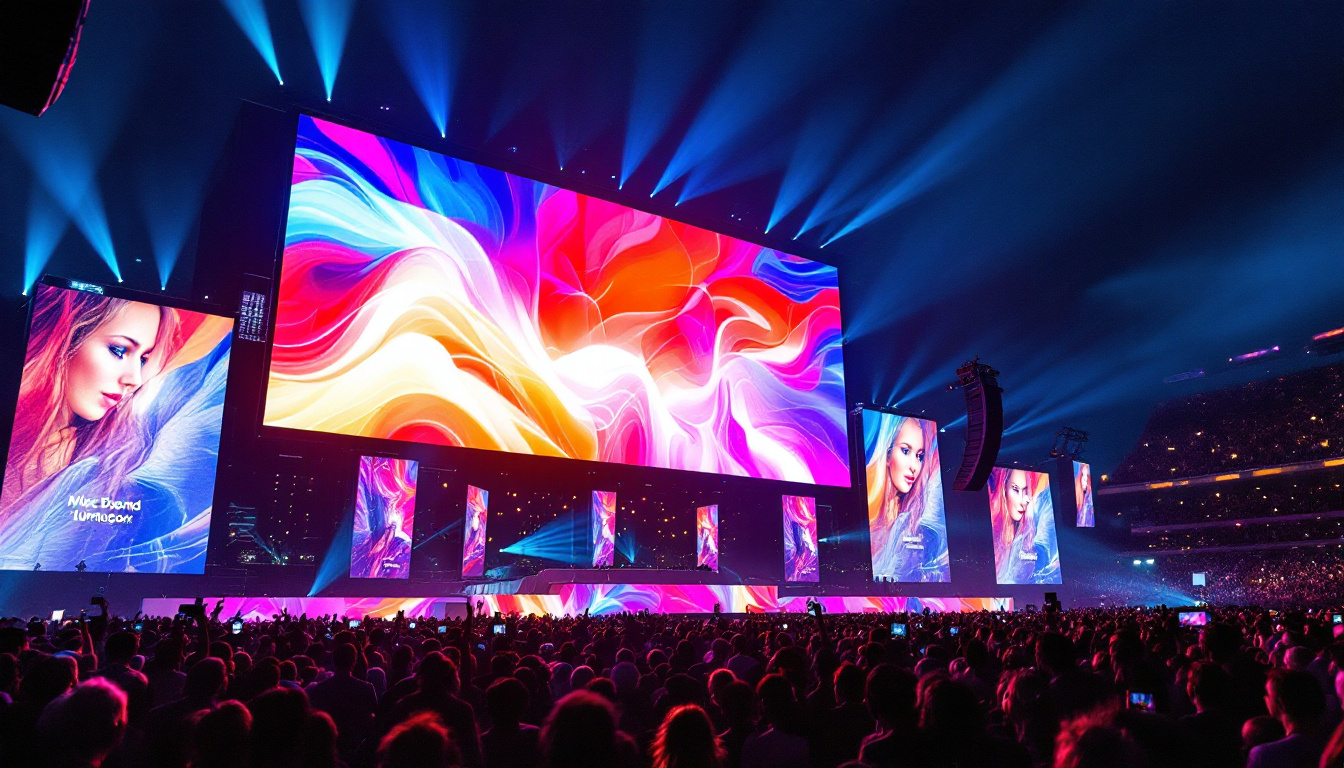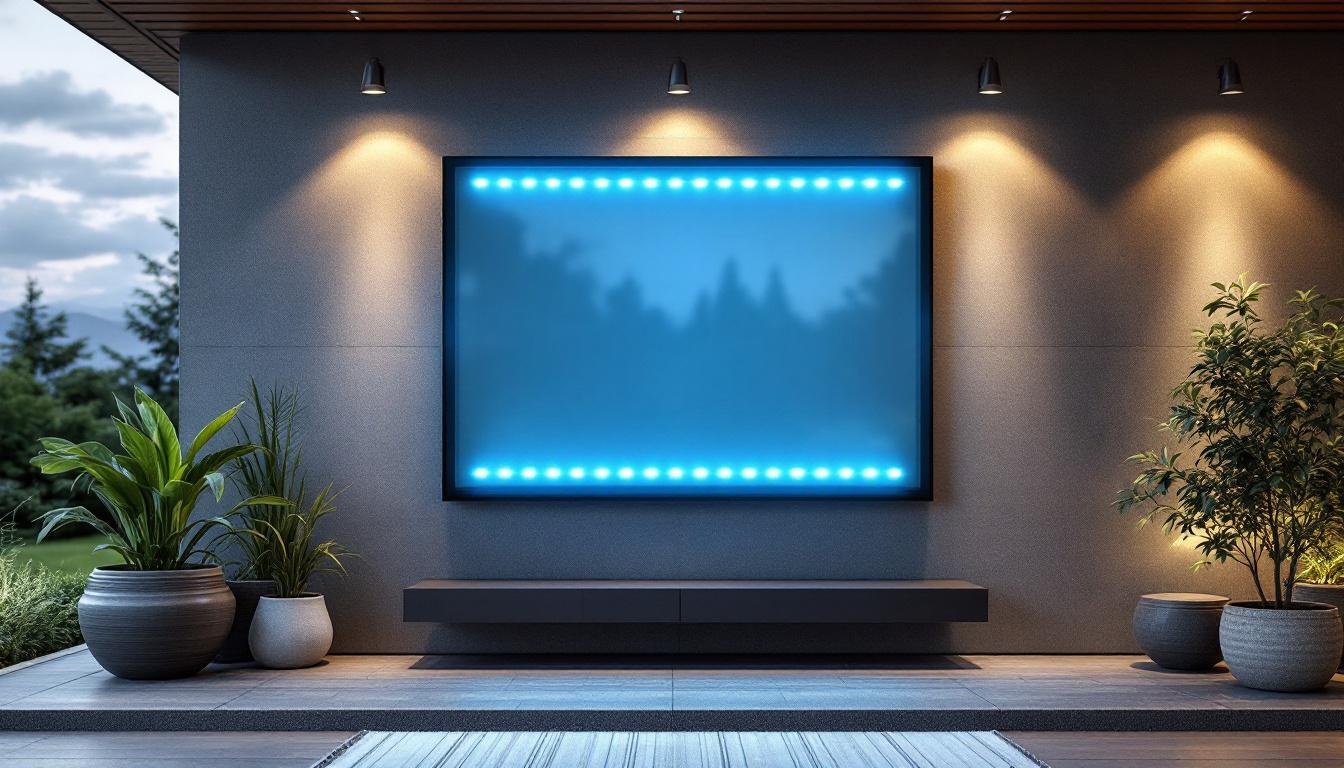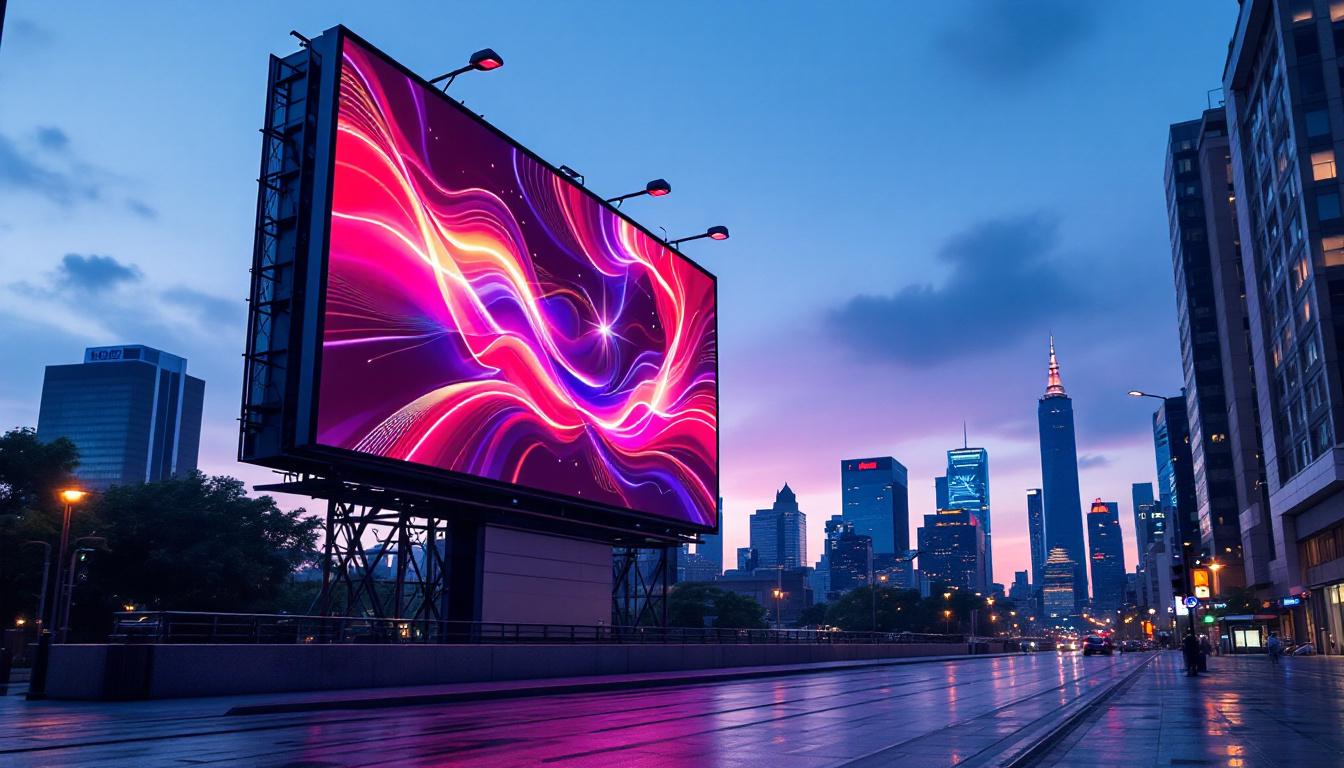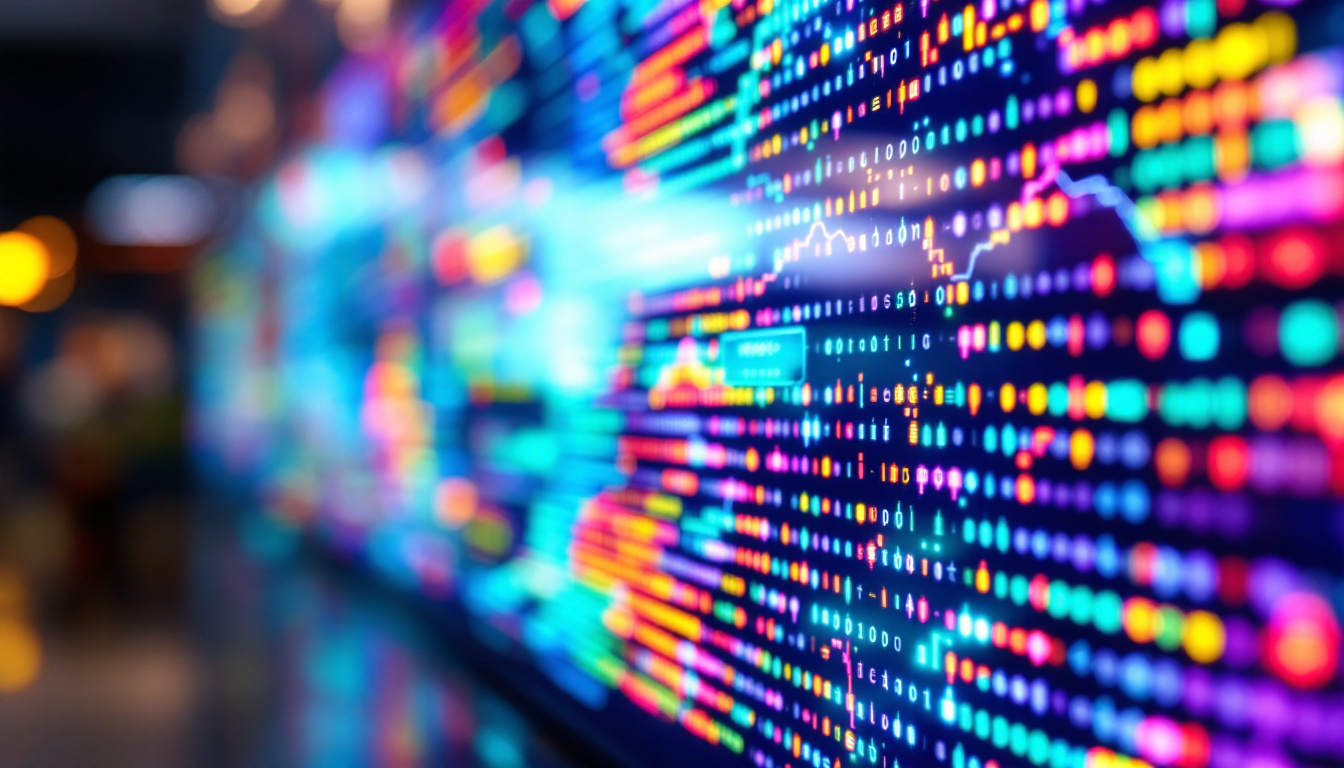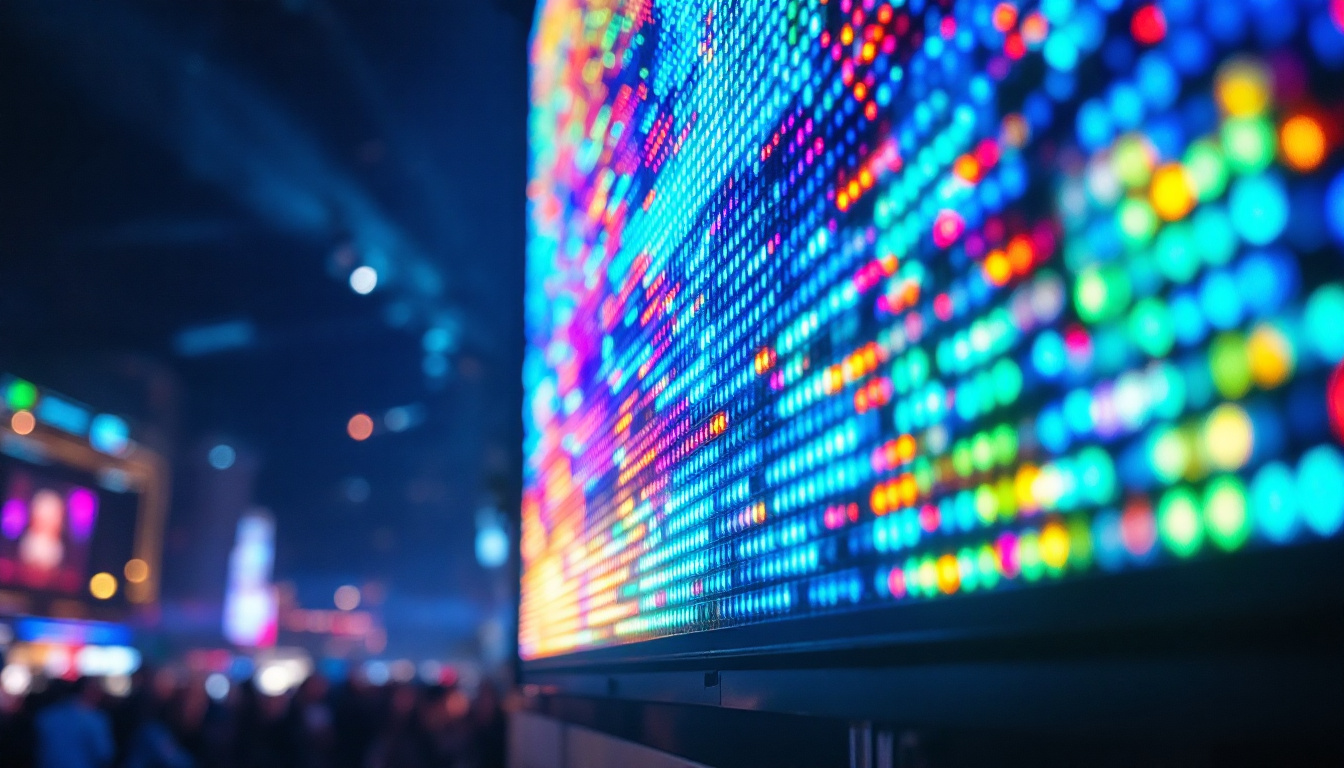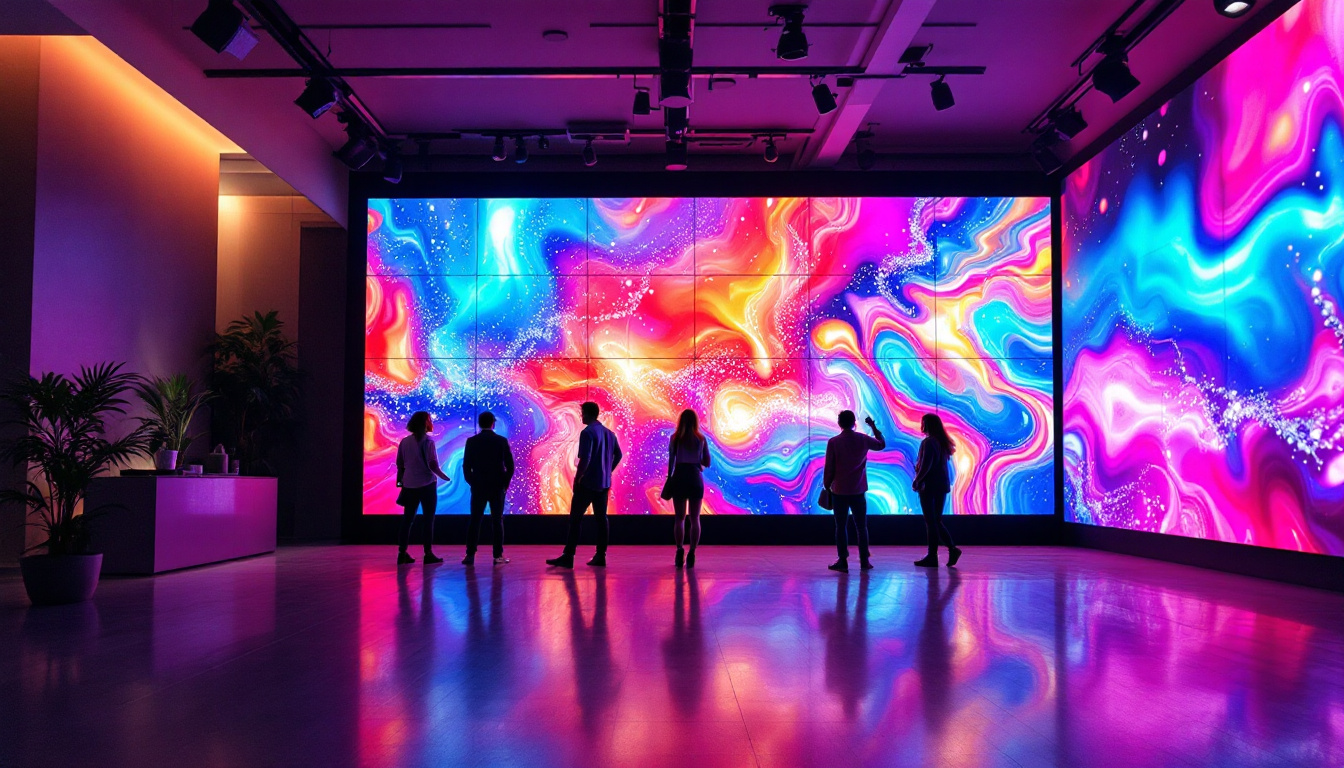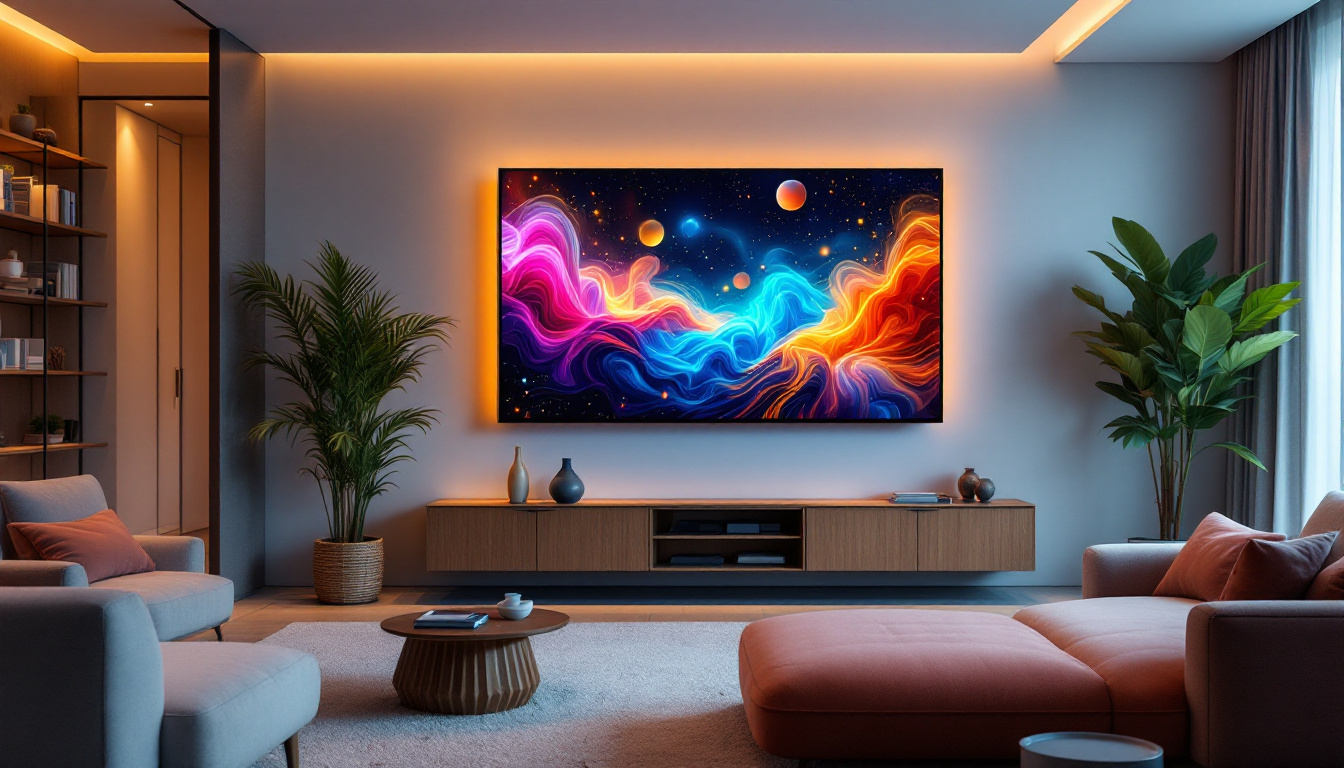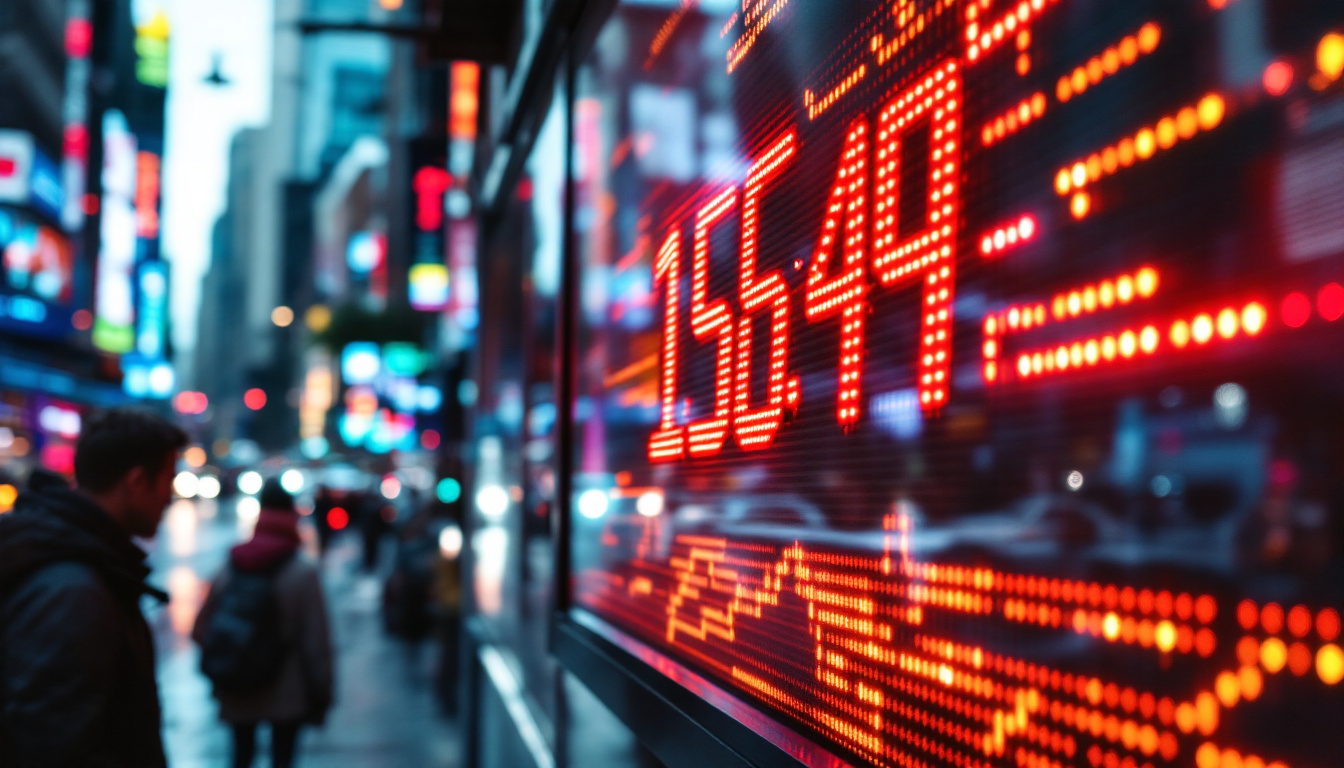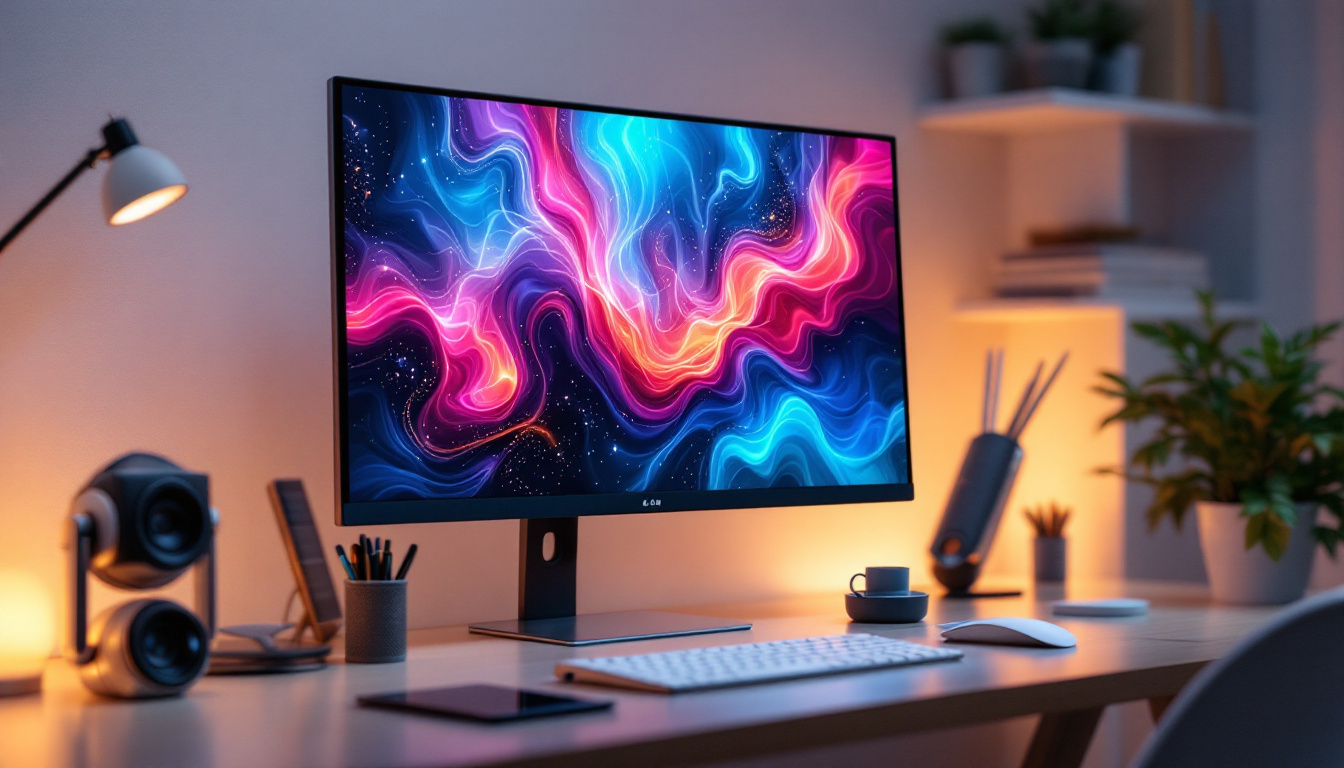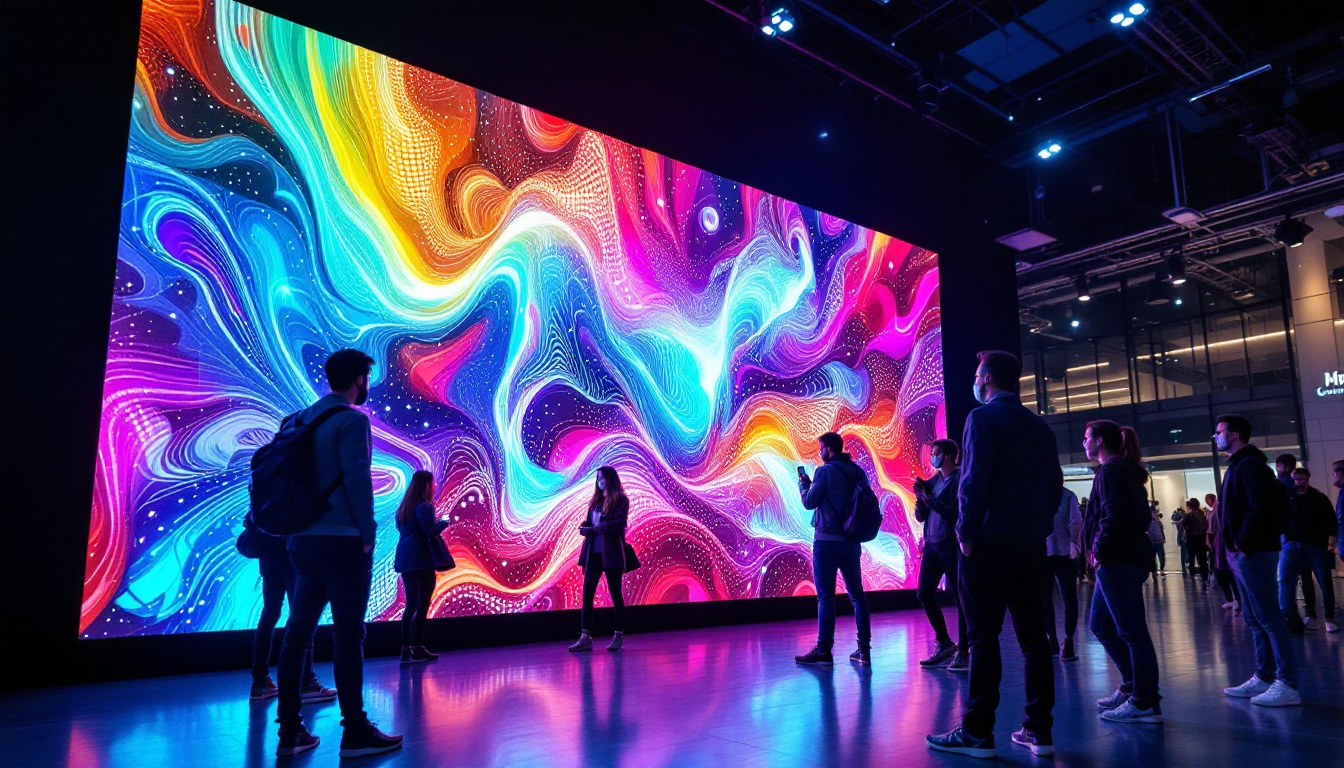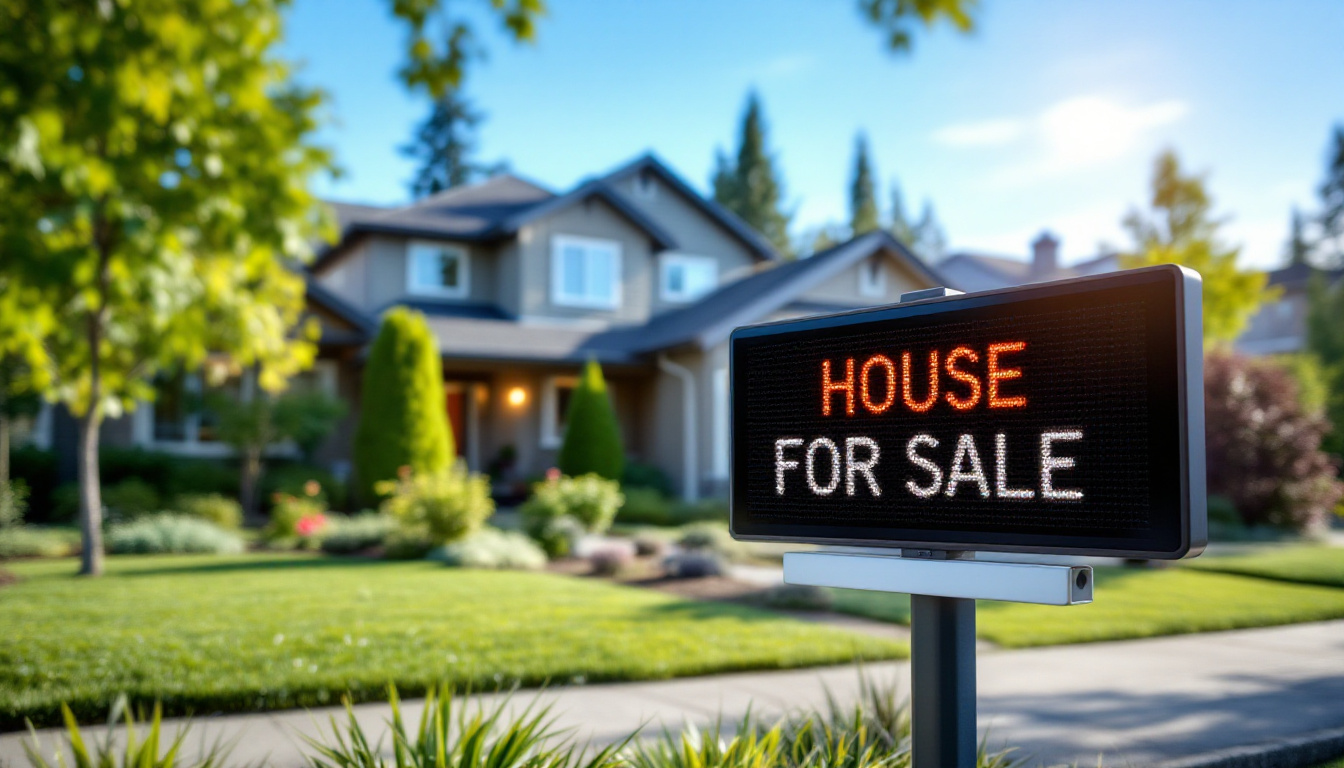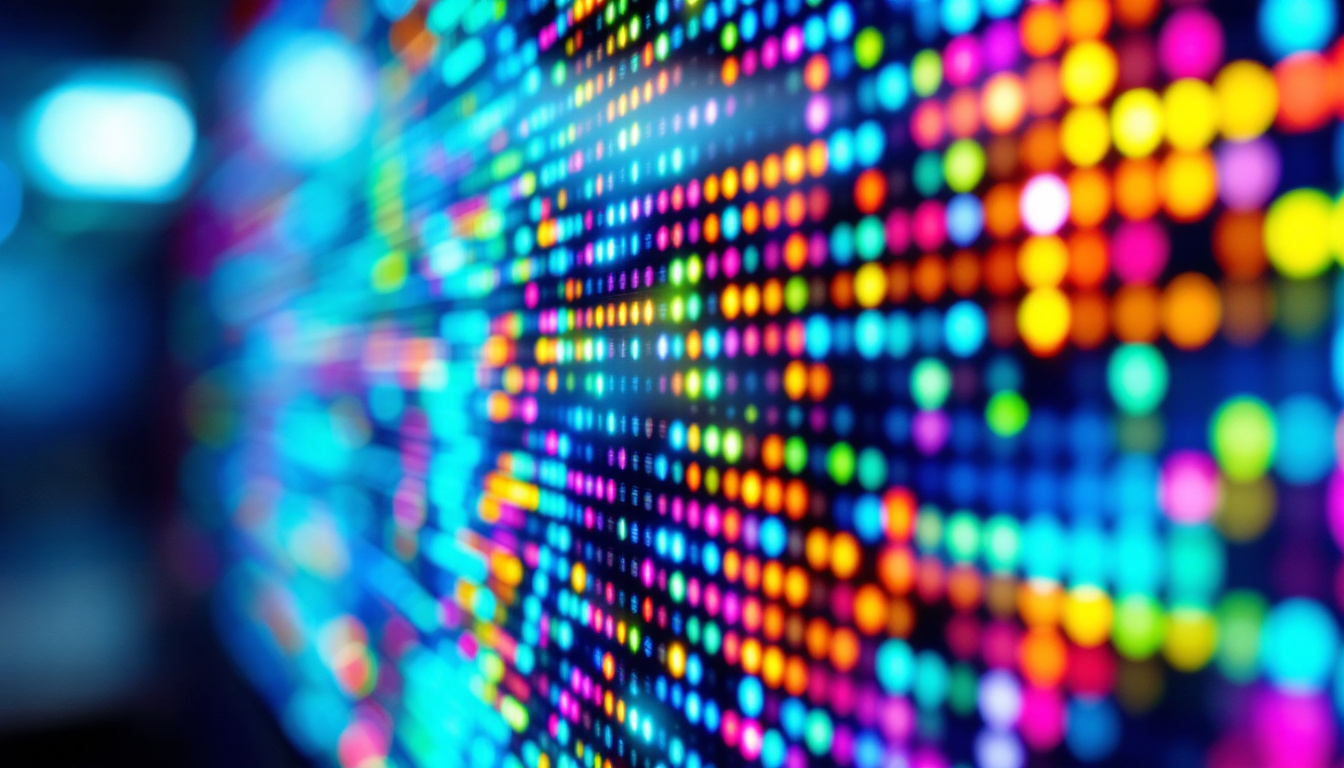In today’s fast-paced environments, whether in corporate offices, educational institutions, or conference centers, the need for clear, dynamic, and reliable display solutions is paramount. Room monitors equipped with LED displays have become a cornerstone technology, offering vibrant visuals and versatile functionality. This article delves into the world of room monitors with LED displays, explaining their technology, benefits, applications, and what to consider when selecting one.
Understanding LED Display Technology in Room Monitors
LED, or Light Emitting Diode, technology has revolutionized the way displays are designed and used. Unlike traditional LCD or plasma screens, LED displays utilize tiny diodes that emit light when an electric current passes through them. This fundamental difference results in several advantages that make LED displays particularly well-suited for room monitors.
How LED Displays Work
At the core of an LED display are millions of microscopic LEDs arranged in a grid. Each LED acts as a pixel, and by controlling the intensity and color of each diode, the display produces vivid images. Modern LED room monitors often use RGB (Red, Green, Blue) LEDs, which combine to create a full spectrum of colors.
There are two main types of LED displays used in room monitors:
- Direct LED: LEDs are placed directly behind the screen, providing uniform backlighting and improved contrast.
- Edge-lit LED: LEDs are positioned along the edges of the screen, which allows for thinner panels but can sometimes result in uneven lighting.
Advantages Over Other Display Technologies
Compared to LCD monitors with traditional CCFL backlighting, LED displays offer superior brightness and energy efficiency. They can achieve higher contrast ratios, deeper blacks, and more accurate colors, which are crucial for environments where clarity and visual impact matter.
Additionally, LED displays tend to have longer lifespans and are more environmentally friendly, consuming less power and generating less heat. This makes them ideal for continuous use in busy meeting rooms or classrooms.
Another significant advantage of LED technology is its versatility in design. LED displays can be made in various sizes and shapes, allowing for custom installations that fit the specific needs of a room. Whether it’s a large wall-mounted display for presentations or smaller monitors for collaborative workspaces, the adaptability of LED technology ensures that it can meet diverse requirements without compromising on quality. Furthermore, advancements in technology have led to the development of ultra-thin and flexible LED screens, enabling innovative applications such as curved displays that enhance the viewing experience.
Moreover, LED displays are increasingly being integrated with smart technology, allowing for features such as touch interactivity and connectivity with other devices. This capability transforms traditional room monitors into dynamic tools that facilitate collaboration and engagement. For instance, educators can use interactive LED displays to create immersive learning environments, while businesses can leverage these technologies for presentations that captivate their audience. As a result, LED displays are not just a replacement for older technologies; they are paving the way for new ways of communication and interaction in various settings.
Why LED Room Monitors Are Essential in Modern Spaces
Room monitors with LED displays are no longer just a luxury; they have become essential tools for communication, collaboration, and information dissemination. Their versatility and performance make them invaluable across various settings.
Enhancing Communication and Collaboration
In corporate environments, LED room monitors serve as dynamic communication hubs. They facilitate video conferencing, presentations, and real-time data sharing with exceptional clarity. The high brightness and color accuracy ensure that every participant, whether in the room or remote, can engage effectively.
For example, companies adopting hybrid work models rely heavily on LED room monitors to bridge the gap between in-office and remote employees. The displays support seamless integration with collaboration software, making meetings more productive and inclusive. Furthermore, the ability to display multiple windows simultaneously allows teams to multitask efficiently, ensuring that important documents and visuals are always accessible during discussions. This capability not only enhances productivity but also fosters a more interactive environment where ideas can be shared and developed in real time.
Improving Educational Experiences
Educational institutions are increasingly integrating LED room monitors into classrooms and lecture halls. These displays support interactive learning by showcasing multimedia content, live annotations, and real-time feedback. Their durability and energy efficiency also make them cost-effective solutions for schools and universities.
Studies show that visual aids can improve student retention rates by up to 42%, underscoring the importance of high-quality displays in education. LED monitors’ ability to deliver sharp, bright images helps maintain student attention and enhances comprehension. Additionally, many LED monitors come equipped with touch-screen capabilities, allowing educators to engage students directly in the learning process. This interactive feature encourages participation and collaboration among students, making lessons more dynamic and enjoyable. As a result, educators can leverage technology to create immersive learning experiences that resonate with diverse learning styles.
Supporting Event and Conference Venues
In event spaces and conference centers, LED room monitors provide the flexibility to display schedules, speaker information, branding, and live feeds. Their scalability allows venues to deploy multiple monitors of varying sizes, tailored to specific room dimensions and audience needs.
Moreover, LED displays’ quick response times and vibrant colors ensure that content remains clear even in brightly lit environments, which is often a challenge with other display technologies. The ability to customize content for different sessions or events also enhances the attendee experience, allowing for real-time updates and engaging visuals that capture attention. Additionally, many venues are now utilizing LED monitors for interactive kiosks, where attendees can access information about sessions, speakers, and networking opportunities, further enriching their experience and ensuring they get the most out of the event. This innovative use of technology not only streamlines operations but also elevates the overall atmosphere of conferences and exhibitions, making them more engaging and informative for all participants.
Key Features to Consider When Choosing an LED Room Monitor
Selecting the right LED room monitor requires careful consideration of several factors. Understanding these features can help organizations make informed decisions that align with their specific needs and budgets.
Screen Size and Resolution
The size of the room and the typical viewing distance largely dictate the appropriate screen size. For small meeting rooms, monitors between 32 to 55 inches are common, while larger conference rooms may require displays 65 inches or larger.
Resolution is equally critical. Full HD (1920×1080) is the minimum standard, but 4K UHD (3840×2160) displays are becoming increasingly popular due to their superior clarity and detail. Higher resolution is especially beneficial for displaying complex data, detailed graphics, or high-definition video content.
Brightness and Contrast Ratio
Brightness, measured in nits, determines how well the display performs under various lighting conditions. For typical indoor environments, a brightness level of 300 to 500 nits is sufficient. However, rooms with large windows or strong ambient light might require monitors with 700 nits or more.
The contrast ratio affects the depth of blacks and the vibrancy of colors. A higher contrast ratio means better image quality, which is essential for presentations and video playback.
Connectivity Options
Modern LED room monitors should offer a range of connectivity options to accommodate diverse devices and setups. Common interfaces include HDMI, DisplayPort, USB-C, and wireless connectivity such as Wi-Fi or Bluetooth.
Some monitors also support integrated collaboration tools or compatibility with popular video conferencing platforms, simplifying setup and enhancing user experience.
Durability and Maintenance
Given that room monitors are often in use for extended periods, durability is a key consideration. LED displays generally have long lifespans, but factors such as build quality, protective coatings, and cooling mechanisms influence overall reliability.
Additionally, ease of maintenance, including cleaning and software updates, can reduce downtime and extend the monitor’s effective service life.
Emerging Trends and Innovations in LED Room Monitors
The LED display market continues to evolve rapidly, driven by technological advancements and changing user demands. Staying informed about these trends helps organizations future-proof their investments.
MicroLED and MiniLED Technologies
MicroLED and MiniLED represent the next generation of LED display technology. MicroLEDs are incredibly small LEDs that offer even greater brightness, contrast, and energy efficiency than traditional LEDs. MiniLEDs use smaller LEDs for backlighting, enabling more precise local dimming and improved image quality.
These innovations promise to bring cinema-quality visuals to room monitors, enhancing the viewing experience in professional and educational settings.
Interactive and Touchscreen Capabilities
Interactive LED room monitors are gaining traction, especially in collaborative environments. Touchscreen functionality allows users to interact directly with content, annotate presentations, and engage in brainstorming sessions more intuitively.
This interactivity fosters greater participation and can transform traditional meetings into dynamic workshops.
Integration with Smart Building Systems
As smart building technologies become more widespread, LED room monitors are increasingly integrated with centralized control systems. This integration enables automated scheduling displays, occupancy sensing, and energy-saving features such as adaptive brightness based on ambient light.
Such smart capabilities enhance operational efficiency and contribute to sustainable building management.
Conclusion: Making the Most of LED Room Monitors
Room monitors with LED displays have become indispensable tools in modern workspaces, educational settings, and event venues. Their superior image quality, energy efficiency, and versatility make them ideal for a wide range of applications.
By understanding the underlying technology, benefits, and key features, organizations can select the right LED room monitor to meet their specific needs. Embracing emerging trends such as MicroLED technology and interactive features will further enhance communication and collaboration in the years ahead.
Ultimately, investing in high-quality LED room monitors is an investment in clearer communication, more engaging presentations, and more productive environments.
Discover the Future of Visual Engagement with LumenMatrix
Ready to elevate your space with the latest in LED display technology? LumenMatrix is at the forefront of innovation, offering a diverse range of LED display solutions tailored to your unique needs. From captivating Indoor LED Walls to dynamic Outdoor LED Displays, and from versatile Vehicle LED Displays to sleek LED Posters, our products are designed to make your brand stand out and your messages resonate. Experience the transformative power of LED displays and join the visual revolution. Check out LumenMatrix LED Display Solutions today and see how we can help you communicate with impact and clarity.

